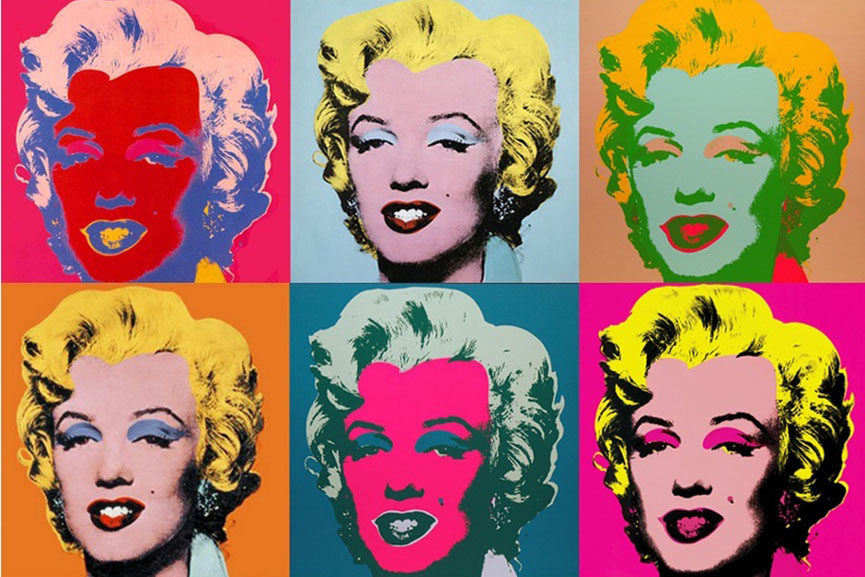Purchasing and sales of paintings
 Purchasing and sales of paintings
Purchasing and sales of paintings
As it was implicitly pointed out at the prelude of this research, economic and financial debates are considered as important categories of the art in general and more specifically the artwork. Nowadays, buys and sales of paintings have found a prominent role in the extensive and ever-growing market of art. Like the large-scale discussion of markets, this market also bears a hidden threat, and a deep comprehension of economic and artistic discussions is laid behind its mask. “The positive fame of the painter, the fame of his/her previous works, thematic momentums, attunement of the painting with social and political conditions, critical intensity of the painting towards the status quo, and possessing hidden attractions of sex, emotion and love are all among factors that are definitely effective on the economic status of the artwork” (Ebrahimi 2003).
In an article titled economy and market of art, Velio Renda states about the purchasing of artworks that “less than 20 percent of buyers do the purchasing solely due to the spiritual wealth of the work. Some of the buyers enter this market with the mere intention of investing. They consider works of art as if they are bonds … there is another group of buyers that think of artworks as presents. What attracts these people is not the value of the artwork, but rather the social status and the fame of the creator” (2006). Also it should be noted that “in the modern world, art is a commercial business, but it is not quite like any other product that can be bought or sold in the market with predictable benefit” (Chudvari 2000).
This issue has led to the special sensitivity towards the important and fundamental topic of the market and the economy of art. In spite of the similarities between investors of art and investors from other regions, some differences are also evident. Investment in arts is predominantly late-return, and every work of art experiences fluctuation of price based on the style pf the artist, the viability status of the artist, social and personal events of artists’ lives, controversies and scandals in public media and many other factors.
Research Background
One of the few researches conducted in Iran in the field of the economy and the marketing of art is the study undertaken by Moridi and Taghizadegan which has investigated the social factors influencing the price of paintings in galleries across Tehran in 2008. In this research, “the results of interviews and conversations with painters and gallery owners in the qualitative aspect of the research, and conducting surveys in the quantitative aspect of the research revealed that there is a significant and stable relation among the aesthetic factors (style, technique, visual impressions…) and unaesthetic factors (age and gender of the painter, physical attributes of the painting such as size,…) on the price of artworks. The discovery of the relation among these variables demonstrates the existence of stable and common rules among the artistic evaluations and economic pricings” (Moridi and Taghizadegan 2009).
Richard G. Agnello has conducted a study to investigate the risk and return of investments in art. For his case study, he targeted American paintings. This empirical analysis is based on data from 25 thousand paintings from American painters that were sold in auction between years 1971 and 1996. With mass data available and with a dual pricing model, he concluded that “the overall nominal investment returns on American paintings in our model from year 1971 to 1999 was 4.2 percent per year, albeit considering the perpetual fluctuations of the market. This value is lower than S&P500 index (11.6%), long-term and short-term government bonds (8.5% and 7.1%) and even the inflation rate (5.4%)” (Agnello 2002). Also, in an article titled “Examination: Art and financial market of previous three centuries”, William Goetzmann has studied the financial cost of paintings that were sold at least twice during the years 1745 and 1986, which were all dependent on creating an art’s investment recursive index. “The aesthetic nature of subject-centered valuation carried the idea that the only definite limitation of an artwork price for collector willing to buy the artworks is the value” (Goetzmann 1993). The writer of the aforementioned article, has introduced an index in the final part of the article that is in fact a measure of capitalistic determination of artworks.
Vahid Shaker (Neveesa)
PhD in Art Studies
Saint Petersburg University of Culture
Congratulations @mrneveesa! You received a personal award!
Click here to view your Board
Congratulations @mrneveesa! You received a personal award!
You can view your badges on your Steem Board and compare to others on the Steem Ranking
Vote for @Steemitboard as a witness to get one more award and increased upvotes!